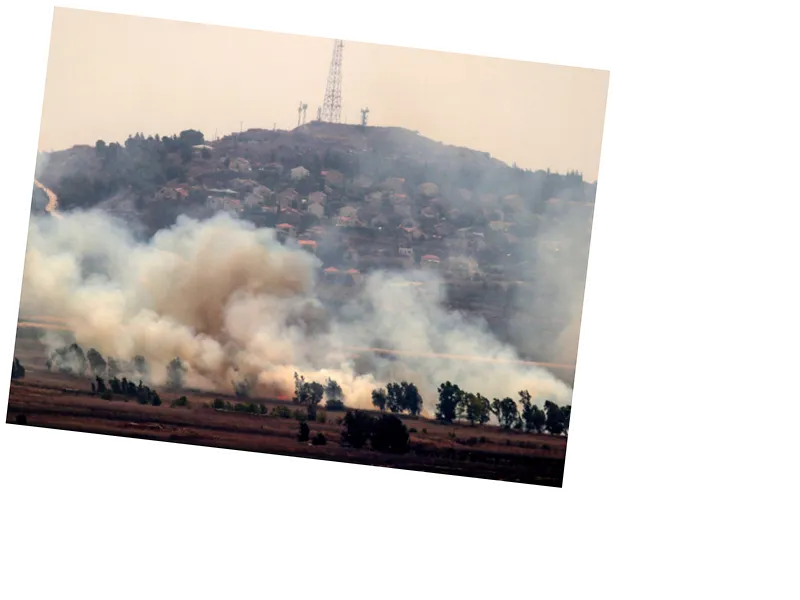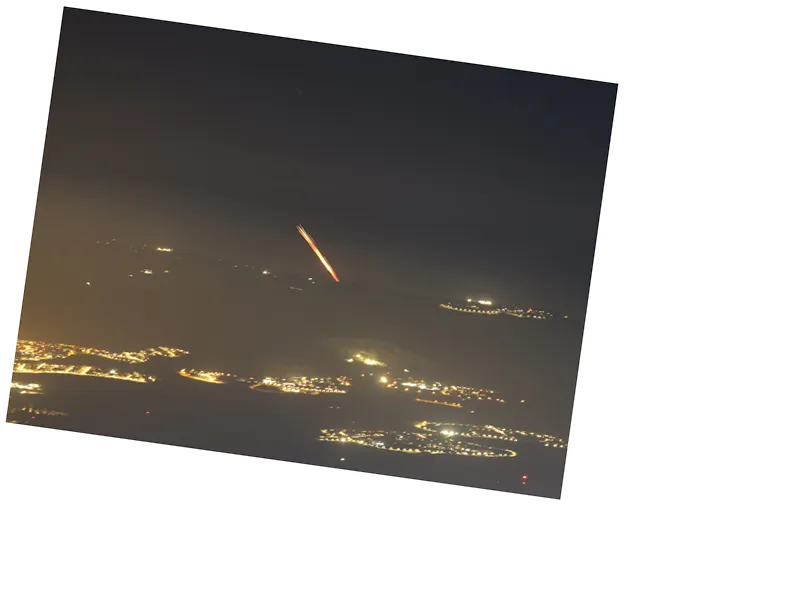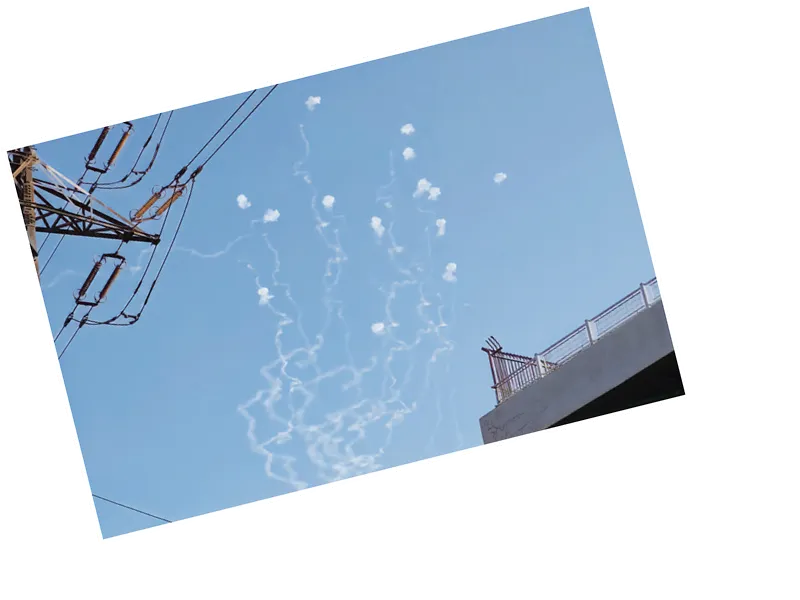The conflict between Hezbollah and Israel has intensified, reflecting a significant escalation in military engagements and civilian casualties since the beginning of hostilities in September.
The use of high-quality missiles and drones by Hezbollah marks a shift in their military capabilities, potentially changing the dynamics of the conflict and Israel's response strategies.
The targeting of civilian areas and reports of high civilian casualties raise concerns over humanitarian impacts and the potential for international intervention.
If the current military operations continue without a ceasefire, further escalation is likely, potentially leading to a broader regional conflict.
Increased international pressure may arise for both parties to engage in negotiations to prevent further civilian casualties and humanitarian crises.
The ongoing military actions could lead to a reassessment of defense strategies by Israel, especially regarding its northern borders with Lebanon.
Hezbollah has escalated its military operations against Israeli settlements and military sites in northern Israel, claiming to have targeted locations such as Dalton and Kiryat Shmona. The group reported using high-quality missiles and drones in these attacks, which have led to significant casualties on both sides.
In response, Israeli airstrikes have resulted in numerous fatalities and injuries across Lebanon, with the Lebanese Red Cross confirming the recovery of several civilian bodies in areas like Khiam and Talya. The ongoing violence has also affected Syrian nationals in Lebanon, with reports of casualties from Israeli raids.
The situation remains tense, with continuous Israeli airstrikes reported in southern Lebanon and the Bekaa Valley, affecting multiple towns and resulting in widespread destruction. Negotiations for a ceasefire have yet to yield results, further escalating the conflict.






